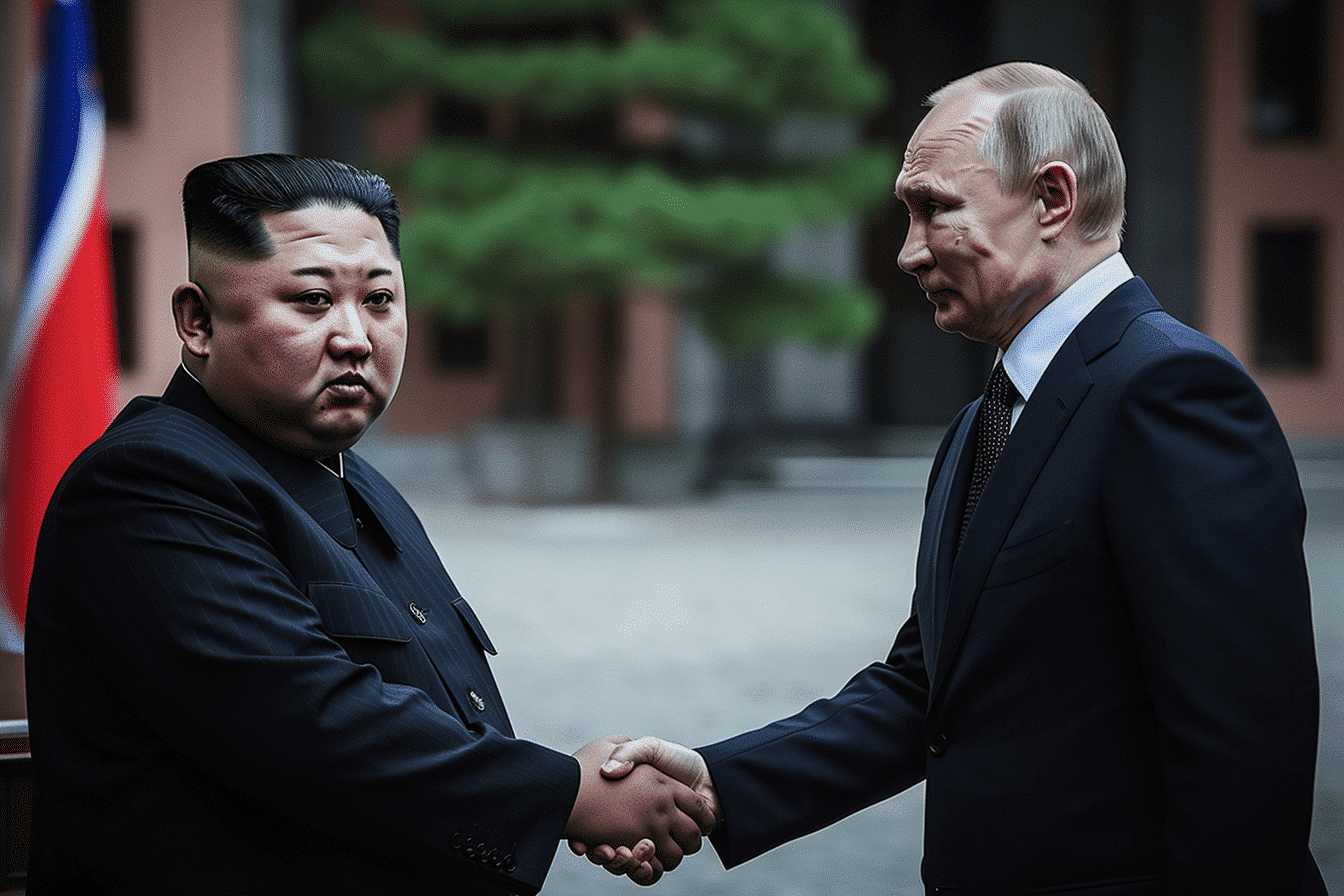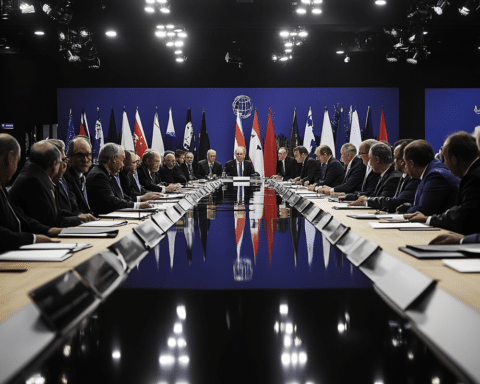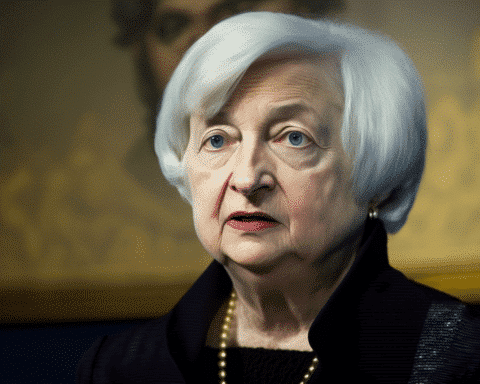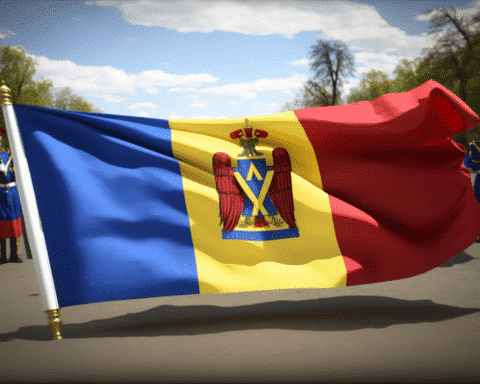North Korean supreme leader Kim Jong Un, who was scheduled to inspect a Russian jet manufacturing facility and the nation’s Pacific Fleet, was nowhere to be found on Thursday after his summit where he openly sided with Moscow.
The U.S. has cautioned that the recent interaction between Kim and Russian President Vladimir Putin might pave the way for North Korea to provide munitions for Russia’s conflict in Ukraine. South Korea is particularly alarmed about the possibility of North Korea acquiring advanced military technologies from Russia in exchange. These technologies could include those tied to military reconnaissance satellites, potentially heightening threats from North Korea’s nuclear arsenal.
South Korea’s Foreign Ministry spokesperson, Lim Soo-suk, voiced deep concerns over the military discussions between Russia and North Korea during their summit. He highlighted that such discussions were in contradiction to U.N. Security Council stipulations.
Furthermore, Lim highlighted that some members of Kim’s Russian entourage, such as Ri Pyong Chol and Jo Chun Yong, were already sanctioned by the Security Council for their ties to unauthorized North Korean weapon development initiatives. He warned of strained ties with Seoul if Moscow continues its military collaborations with Pyongyang.
South Korean Unification Minister Kim Yung-ho asserted that any potential arms exchanges between Russia and North Korea would lead to more robust reactions from South Korea, the U.S., and Japan. They have been enhancing their collective security efforts due to regional security threats.
John Kirby from the White House National Security Council stated that any arms assistance to Russia by North Korea would have repercussions. He emphasized the global apprehension over any deal that could elevate North Korea’s military strength.
For insights into Kim’s Russian diplomatic engagements, the world has largely depended on Russian and North Korean news outlets. These sources indicate shared objectives between the two nuclear-armed nations, both under increasing pressure from Western powers.
Russian media, after extensively covering the summit, did not report on Kim’s activities on Thursday. North Korean news has been a day behind, often framing their reports to fit governmental propaganda.
Official reports from North Korea claim that Kim extended an invitation to Putin to visit North Korea, which was warmly accepted.
After their meeting, Putin disclosed that Kim intends to tour two additional cities in eastern Russia. They include Komsomolsk-on-Amur, where an aircraft factory is located, and Vladivostok, which houses Russia’s Pacific Fleet and other institutions.
At the recent summit held at Russia’s space launch facility in the east, Kim asserted his unwavering support for Putin’s stance on Ukraine, referring indirectly to the ongoing conflict.
Kim’s keen interest in the spaceport hints at his pursuit of Russia’s assistance in satellite technology, enhancing the threat of his nuclear weaponry.
Analysts are debating the willingness of Russia to share crucial weapon technologies with North Korea and whether the potential collaboration is more about enhancing North Korea’s conventional capacities.
Although Putin mentioned potential collaborative projects in the transportation and agriculture sectors, he sidestepped discussions about military alliances.
In the backdrop of this summit, North Korea also test-fired two ballistic missiles, continuing its pattern of aggressive missile testing since 2022. This testing spree coincides with the Ukraine conflict, which some speculate might be a diversion for Kim’s expedited weapons advancement.
As global tensions rise, the dynamics between North Korea, Russia, and the West seem to be entering a new phase. The world watches with bated breath as alliances form and shift, with the Ukraine conflict serving as a backdrop to these diplomatic maneuvers. What remains clear is the need for continued dialogue, transparency, and efforts to ensure that regional and global security is not further compromised.




